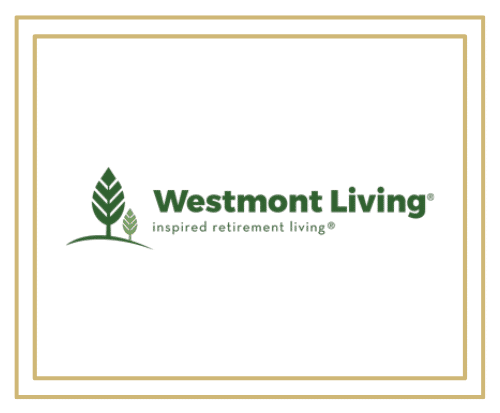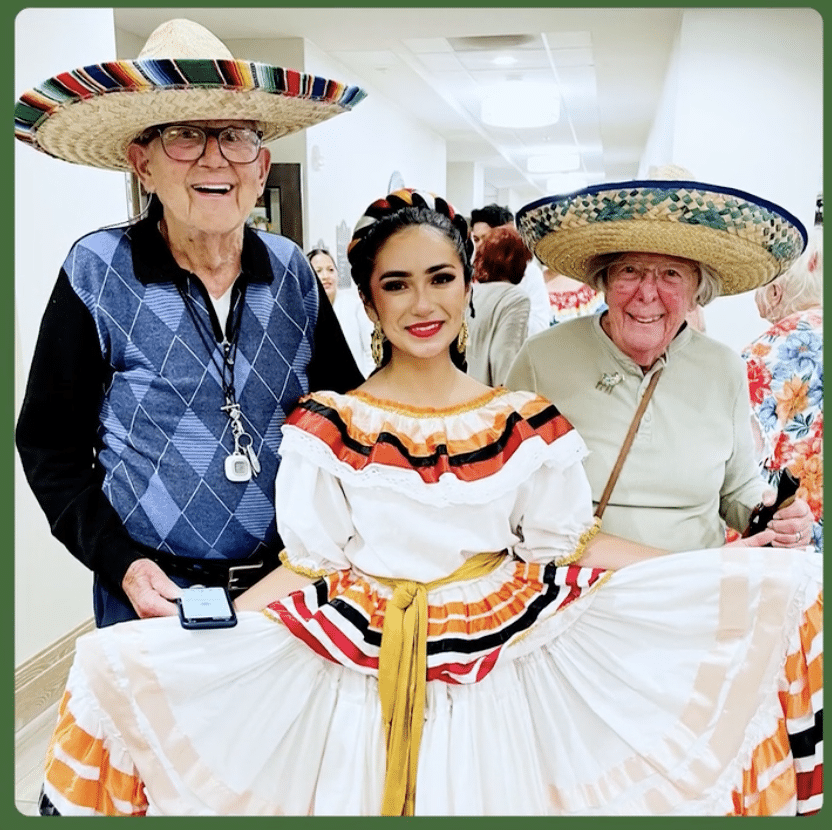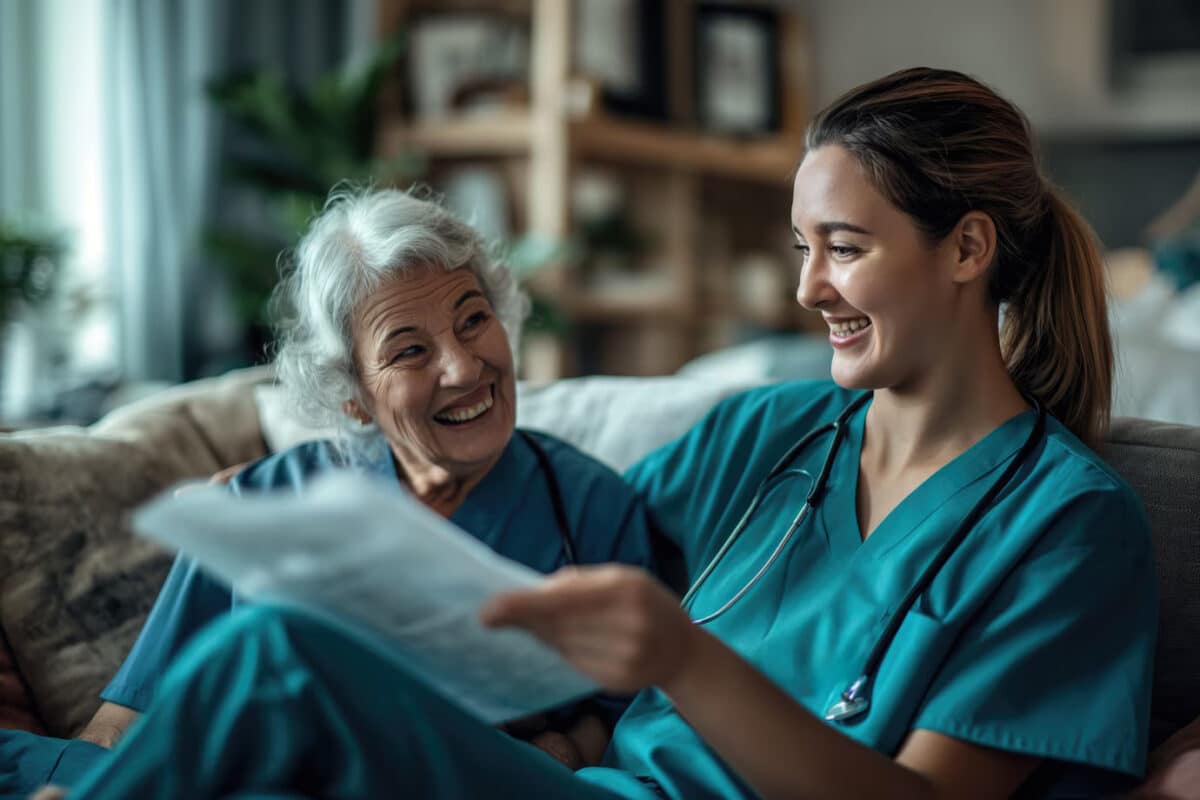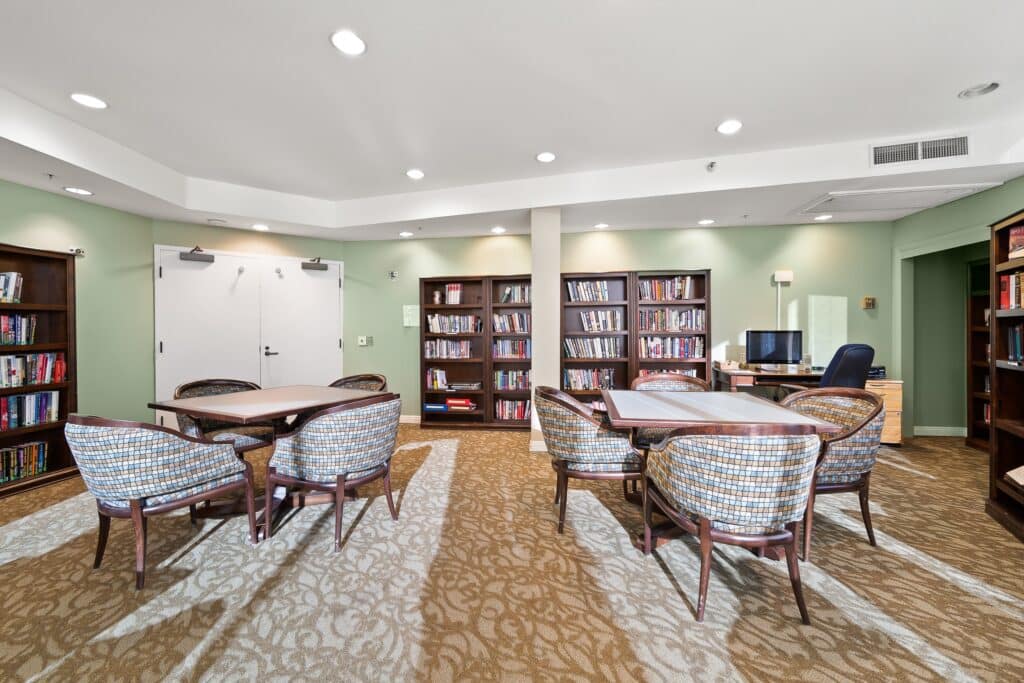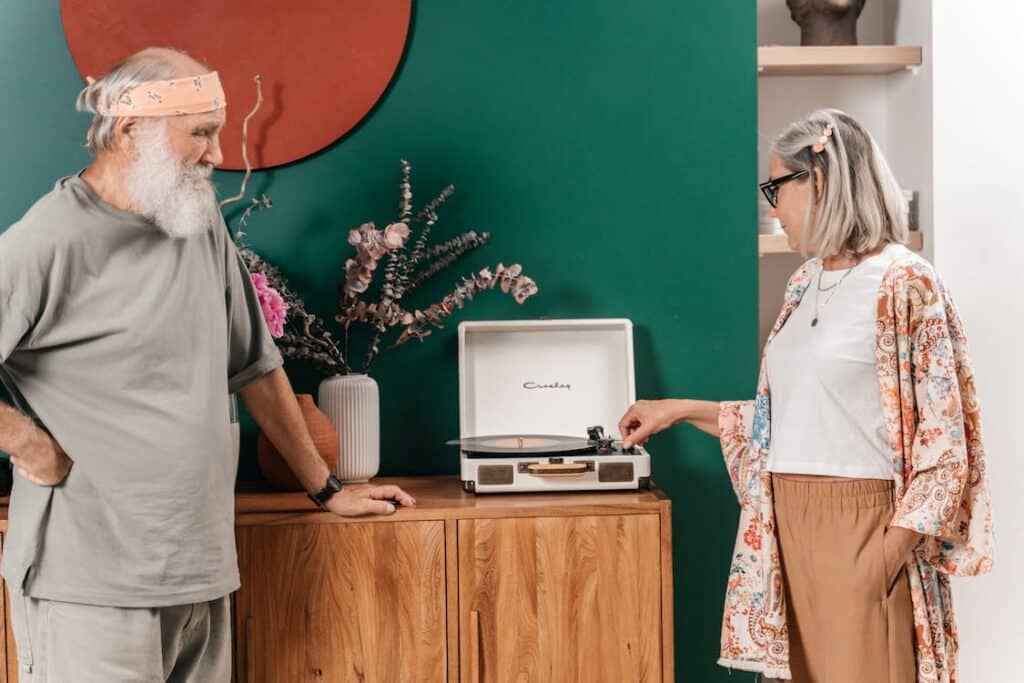Essential Diet for Broken Bones: Speed Up Your Recovery
Best Diet for Broken Bones Recovery at Any Age
Healing from a fracture is more than rest—nutrition plays a decisive role. At Westmont of Escondido, we believe that understanding the diet for broken bones can transform your recovery journey. Your bones are living tissues that demand specific nutrients to regenerate efficiently. With the right foods, you support not just healing but overall well-being. Protein, calcium, and vitamins repair tissues and strengthen your bones.
Staying hydrated ensures these nutrients circulate properly, while sleep and movement help the body regenerate. But knowing what to eat—and what to avoid—is just as important. Let’s examine how a healing-friendly diet and lifestyle can bring you back to full strength. For more resounding support, visit us at Westmont of Escondido.
Why Nutrition Matters for Bone Healing
When recovering from a fracture, your body enters a high-demand repair mode. This means it needs more nutrients than usual to rebuild damaged bone tissue. A targeted diet plan for fracture patient recovery helps provide the raw materials your body requires. Nutrients like calcium, protein, vitamin D, and phosphorus are central to this process. But food isn’t just fuel—it’s medicine. What you eat can either accelerate or delay your recovery.
Choosing bone-healthy foods, staying hydrated, and avoiding nutrient-depleting habits contribute to faster healing. Keep in mind that your dietary habits don’t just impact healing today but also help prevent future fractures.
What Helps Broken Bones Heal Faster
The answer lies in consistency and nutrient density if you’re wondering what helps broken bones heal faster. Protein helps rebuild tissues, while calcium forms the structure of new bone. Vitamin D is vital for calcium absorption, and phosphorus gives bones rigidity. Eating regularly and in balance is key. Spread protein throughout the day, and don’t skip meals. Include anti-inflammatory foods like leafy greens and omega-3-rich fish to ease pain and swelling. Sleep well and hydrate often. Together, these steps ensure your body has everything to mend faster.
Foods to Avoid with Broken Bones
While focusing on healing foods is critical, knowing the foods to avoid with broken bones is just as important. Highly processed foods loaded with salt can deplete your calcium stores. Excessive caffeine or soda may also reduce calcium absorption. Alcohol and smoking interfere with blood flow and bone regeneration. Refined sugars can trigger inflammation, which may delay healing.
Instead, focus your meals on whole, nourishing ingredients. Cutting out these harmful foods helps your body direct all its energy toward recovery.
Top Nutrients in the Diet for Broken Bones
A strategic diet for broken bones should include a variety of key nutrients. Calcium remains the cornerstone of bone healing. You can get it from dairy, kale, and fortified plant milks. Vitamin D helps absorb that calcium and is found in egg yolks, fatty fish, and sunlight. Protein from lean meats and legumes supports tissue repair.
Phosphorus partners with calcium for bone structure and can be found in dairy and whole grains. Also, consider vitamin K from leafy greens and magnesium from nuts. All of these nutrients together create a robust framework for bone restoration.
Best Calcium for Broken Bones
Wondering about the best calcium for broken bones? Natural food sources are ideal because they’re easier for your body to absorb. Dairy products like yogurt and cheese offer bioavailable calcium, meaning your body can use it more effectively. Leafy greens like kale and bok choy are great for plant-based options.
Fortified almond or soy milk can also be excellent additions. If you struggle to get enough through food, your doctor may recommend a supplement—but food-first is the best approach. Calcium works best when paired with vitamin D, so ensure both are present in your meals.

Creating a Diet Plan for Fracture Patient Needs
Every healing journey is unique, so a tailored diet plan for fracture patient recovery matters. Start with three nutrient-dense meals daily, each containing a protein source, a calcium-rich food, and some healthy fats. Include snacks like Greek yogurt, nuts, or fruit with nut butter to keep energy levels steady. If appetite is low, smoothies can pack in calories and nutrients.
Stay away from sugary snacks or empty-calorie foods. Stick to water, herbal teas, or calcium-fortified beverages. Planning meals ahead of time can remove stress and ensure consistent intake, speeding up the healing process.
What Is the Best Medicine for Broken Bones
You might ask, what is the best medicine for broken bones? While medications like pain relievers or anti-inflammatories play a role, real healing begins with what you eat. Nutrients are the foundation of bone repair. A nutrient-rich diet supports natural bone regeneration better than anything. That said, always follow your doctor’s treatment plan, and use food as an active partner in that healing process. When combined, medicine and diet provide the strongest path to recovery.
Supportive Habits for Better Bone Healing
Your body heals best when everything is working together. Pairing the diet for broken bones with healthy routines creates an environment primed for recovery. Gentle movement, like short walks or stretches, can promote blood flow without overstraining the injury. Rest is equally essential—aim for quality sleep to allow your body to repair.
Hydration supports nutrient delivery and helps manage inflammation. Try to maintain a positive mindset; emotional well-being can influence physical healing. These habits amplify the impact of your nutritional efforts.
Putting It All Together
Healing from a broken bone takes time, but the right choices can help you get there faster. The foundation is a smart diet for broken bones, free of harmful foods and rich in healing nutrients. Remember to limit foods to avoid with broken bones, stay consistent with your meal plan, and seek out the best calcium for broken bones through whole food sources.
A thoughtful diet plan for fracture patients, with restful habits and gentle movement, will set you on the path to wellness. For those looking to go deeper, or if you need additional support with nutrition and recovery, we invite you to contact Westmont of Escondido at 760-737-5110 or learn more here.
Frequently Asked Questions
What foods help broken bones heal faster?
Foods rich in calcium, vitamin D, and protein can help bones heal faster. Dairy products like milk, yogurt, and cheese provide calcium, while fatty fish and fortified foods are good sources of vitamin D. Protein from lean meats, beans, and nuts supports tissue repair and bone strength. Including leafy greens, eggs, and fruits can also provide essential nutrients for recovery.
What not to eat when healing a broken bone?
Avoid excessive alcohol and caffeine, as they can interfere with bone healing. Highly processed foods with added sugars or low nutritional value may also slow recovery. Too much salt can lead to calcium loss, so it’s best to limit salty snacks and fast food. Smoking should also be avoided, as it reduces blood flow and delays healing.
How can I speed up the healing of a broken bone?
To speed up healing, eat a balanced diet rich in bone-building nutrients, stay hydrated, and follow your doctor’s instructions closely. Rest is essential, but gentle movement or physical therapy may be recommended as healing progresses. Avoid putting stress on the injured area until cleared by a healthcare provider. Supplements may help if you’re low on calcium or vitamin D, but only take them with medical guidance.
What stimulates bone healing?
Combining nutrients, rest, and proper blood circulation stimulates bone healing. Calcium, vitamin D, protein, and minerals like magnesium and zinc are key. Once a doctor approves, moderate exercise can improve blood flow and support recovery. Avoiding harmful habits like smoking and ensuring good overall health can accelerate bone healing.









